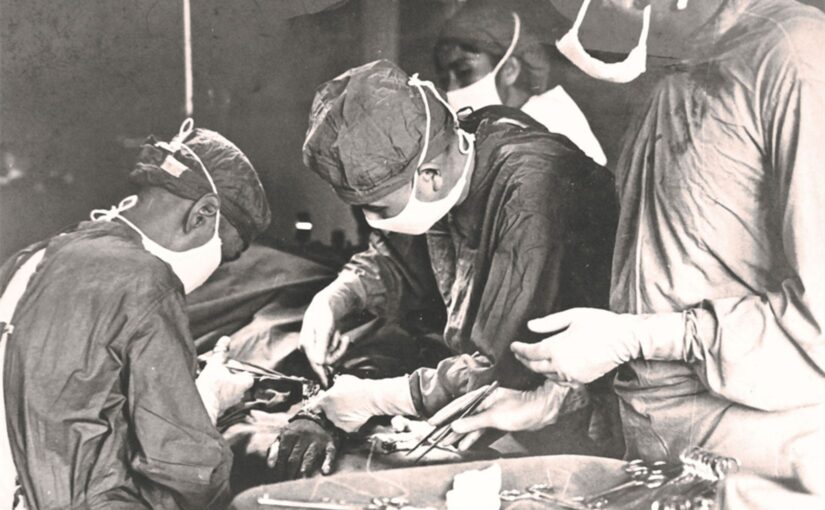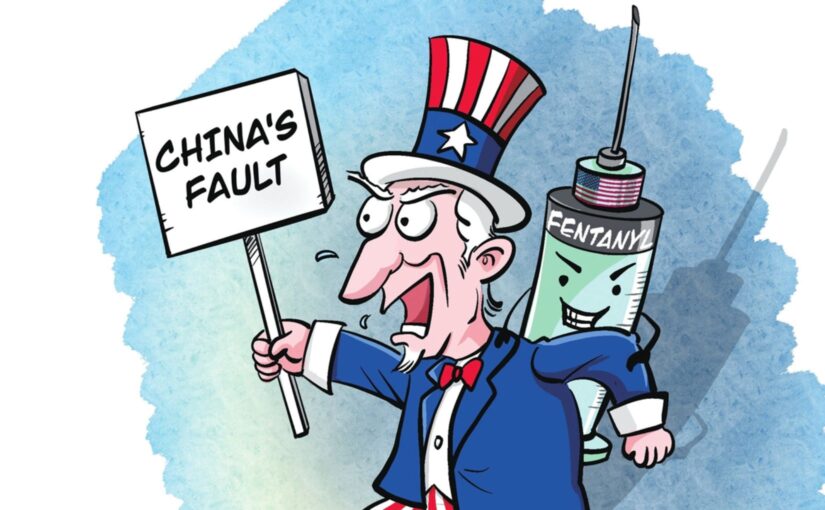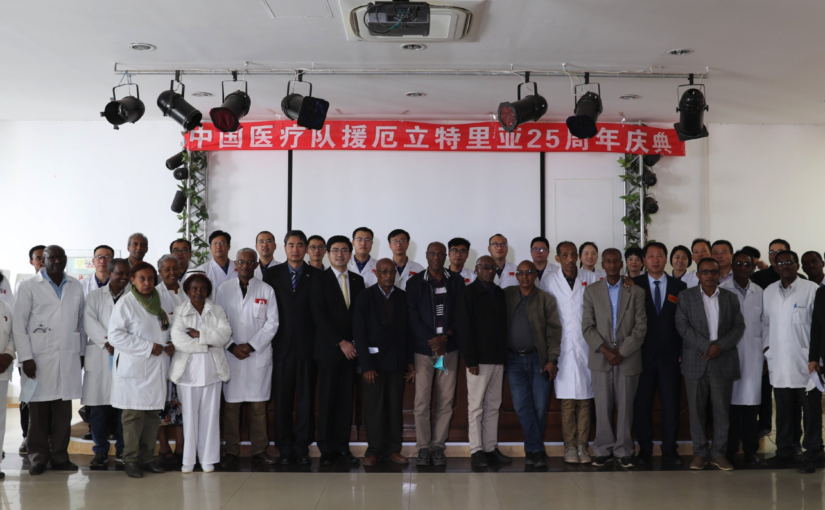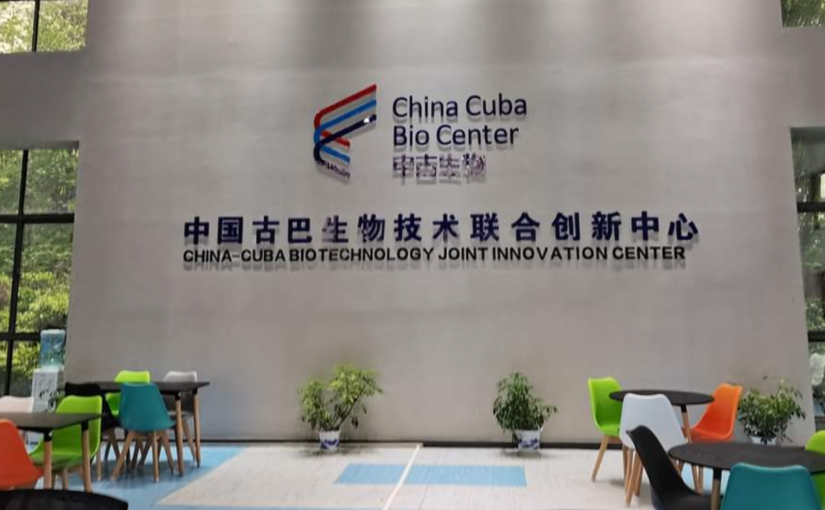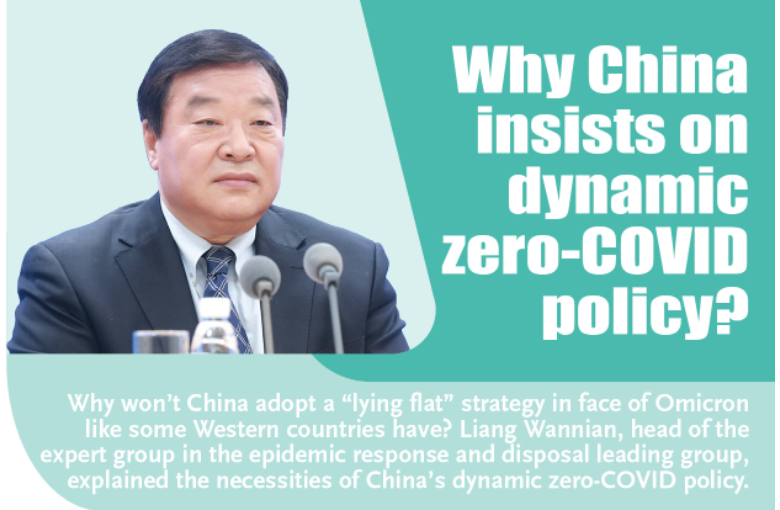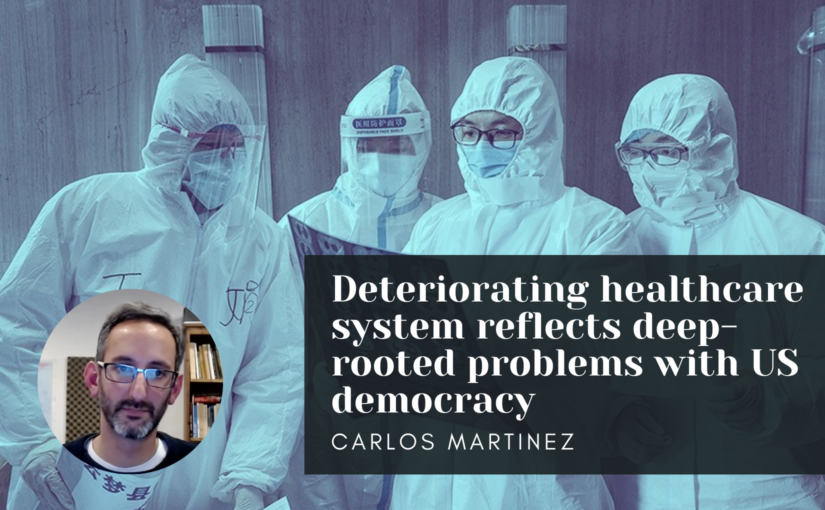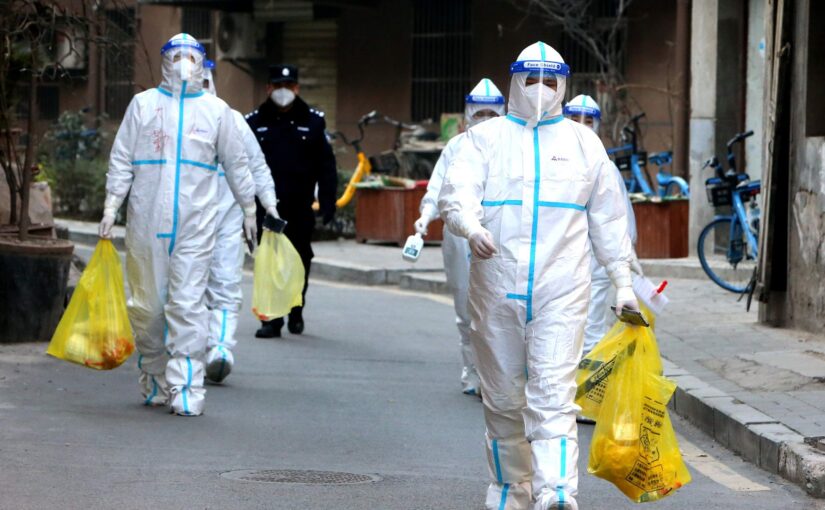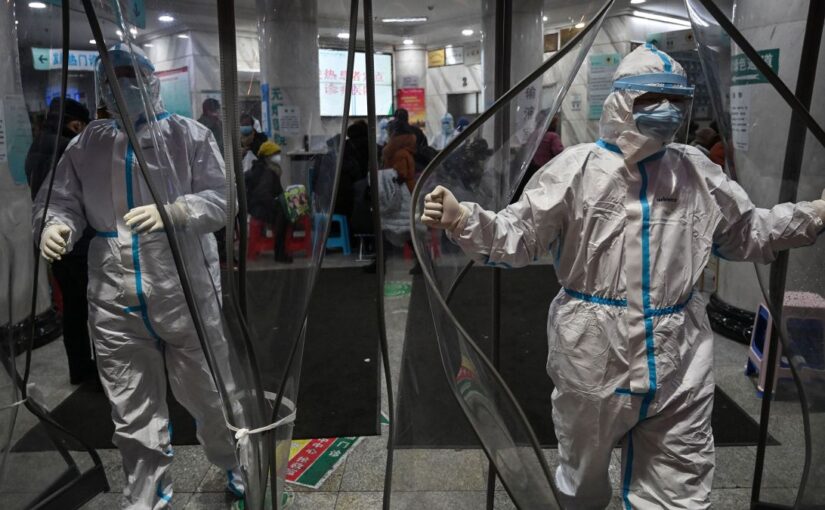On 29 December, 2023, Chinese President Xi Jinping met with people attending an event marking the 60th anniversary of China dispatching its first international medical aid team.
In its second issue for 2024, Qiushi, an important journal of the Communist Party of China, published an article outlining the six decades of historical experience that lay behind the celebration of this anniversary.
In December 1962, China’s Ministry of Health received a special letter from the government of Algeria through the International Red Cross; the North African country, which had just won its independence through a bloody war against French colonialism, had issued an urgent appeal to the world for medical assistance. The Chinese government was the first to respond, announcing that it would set up a medical aid team of outstanding doctors. On April 6, 1963, China’s first overseas medical aid team left Beijing for Algeria.
The article, full of inspiring and touching examples drawn from various countries, notes that: “For more than six decades, over 30,000 medical aid team members have carried on this mission, providing care to almost 300 million patients across 76 countries and regions… Dispatching medical teams to developing countries was a great initiative pioneered by the older generation of Chinese leaders, represented by Mao Zedong and Zhou Enlai. It has since become a golden practice of China’s international diplomacy and cooperation.”
It introduces the story of Xu Changzhen, who first went to Algeria thirty years after the original mission and has since returned three times, spending almost eight years in the country. When she first arrived, Algeria was convulsed by war and one day the hospital where she was working was attacked by terrorists. Refusing to take shelter, she returned to the operating theatre, a local midwife sheltering her from stray gunfire with her own body as they went. Recalling the incident, Xu says: “A doctor is a special calling. Like a soldier going to battle, there are times when you must step up.”
The article adds: “It is no wonder that in Algeria, she is endearingly referred to as ‘Mother Xu.’ For over six decades, wave after wave of ‘Chinese mothers’ like her have collectively delivered more than 2.07 million newborns in Algeria. Of these, over 10,000 were named ‘Sinova,’ meaning ‘Chinese.'”
In 2021, Roosevelt Skerrit, Prime Minister of the Caribbean island nation of Dominica, took to his personal Facebook page to announce the establishment of the country’s first cardiovascular department at the Dominica-China Friendship Hospital, made possible with the help of a Chinese medical team. Dr. Wu Dexi, born in the 1980s, played a pivotal role in this achievement. Joining the second medical aid team to Dominica in 2019, Wu extended his stay in the country twice during the height of the Covid-19 crisis. Remaining on the front lines, he managed to save numerous critically ill patients.
The article explains that: “President Xi Jinping’s proposal to build a global community of health for all stems from the Chinese cultural view of the world as one family, while also exemplifying China’s sense of mission as a responsible major country in the new era.”
It illustrates the point with reference to China’s response to the outbreak of Ebola in West Africa:
“As one often quoted saying puts it, ‘While others fled in the face of Ebola, the Chinese came because of it.’ For Chinese doctors, this is the highest praise they could receive. In 2014, an Ebola outbreak hit West Africa, with the mortality rate exceeding 60%. When many nations were evacuating their personnel and the world was speaking of Ebola in dread, 16 Chinese medical teams consisting of over 1,200 medical personnel marched against the tide to the front lines. They treated upwards of 800 patients, provided public health training to over 13,000 participants, and came to be recognised as true friends by their host nations.”
(A similar internationalist spirit was also displayed by doctors from socialist Cuba.)
It concludes:
“Today, Chinese medical teams are operating in 115 medical facilities across 56 countries and regions around the world. Almost half of them are stationed in remote and challenging areas. Perhaps the local people in those places do not know the faces behind the masks of those who treat them, but they clearly recognise the five-star red flag emblazoned on their medical coats. What’s more, they know that these are Chinese doctors and that they are part of a force known simply as the Chinese medical team.”
We reprint the full text of the article below.
In December 1962, China’s Ministry of Health received a special letter from the government of Algeria through the International Red Cross; the newly independent country had sent an urgent appeal to the world for medical assistance. The Chinese government was the first to respond, announcing that it would set up a medical aid team of outstanding doctors to assist African friends. On April 6, 1963, China’s first overseas medical aid team left Beijing for Algeria. For China, this marked the start of a great international medical assistance endeavor, which has since transcended national borders, ethnicity, and skin color. For more than six decades, over 30,000 medical aid team members have carried on this mission, providing care to almost 300 million patients across 76 countries and regions. Their compassion and medical expertise have brought great benefits to local populations, and their concrete actions have effectively conveyed China’s story to the world. Earning high acclaim from governments and citizens of host countries, they have made an important contribution to the development of a global community of health for all.
I. Courage in adversity: enduring legacy of Chinese doctors
Dispatching medical teams to developing countries was a great initiative pioneered by the older generation of Chinese leaders, represented by Mao Zedong and Zhou Enlai. It has since become a golden practice of China’s international diplomacy and cooperation. For more than six decades, Chinese medical aid teams have braved harsh and complex conditions, confronting perilous challenges such as infectious diseases, wars, and natural disasters. With an unyielding spirit, indomitable will, and tremendous sacrifice and courage, they have created one after another inspirational achievements in lands far from home.
On April 16, 1963, after a 10-day journey, China’s first medical aid team eventually arrived in Saida, a small city on the edge of the Algerian desert. The arid city suffered from water scarcity. With summer temperatures of over 40 degrees Celsius and snow depth of up to one meter in winter, diseases were widespread, and the living environment was harsh. In spite of these conditions, the medical team did everything it could to serve the local community. They resourcefully fashioned their own instruments when equipment was lacking and prepared their own reagents when testing kits were unavailable. Qiu Yuehua, a member of the team, made the following note on the back of a photograph featuring a one-month-old baby, “This is one of the newborns I helped to bring into the world. The mother had tuberculosis, so the child was left in our care for feeding. It’s been almost a month now.” That year, Qiu was just 24 years old. Born in Zhenjiang, Jiangsu Province, she had never traveled further than the provincial capital of Nanjing before going to Algeria. Nevertheless, she did not hesitate when she received her mission.
Continue reading The story of Chinese doctors overseas